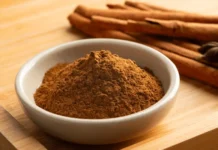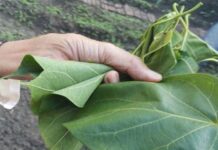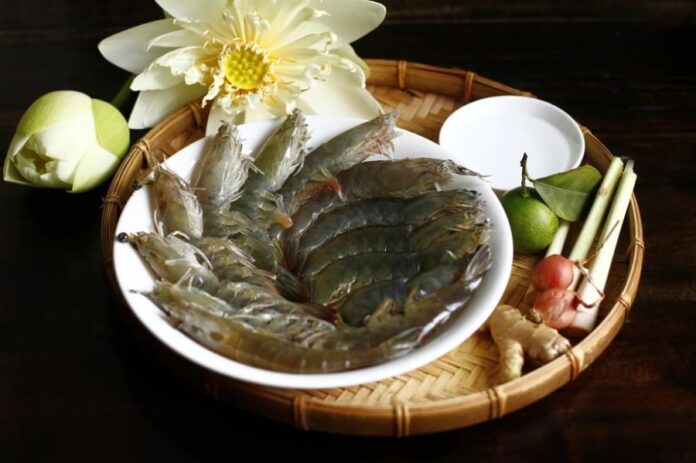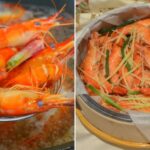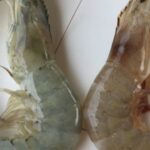Shrimp is a nutrient-rich seafood delicacy popular among many Vietnamese families. However, not everyone knows that there is a distinct difference between farmed and wild-caught shrimp.
1. Color and Shell
Wild shrimp often have an uneven, slightly grayish, and darker color with a tough, firm shell. When cooked, their shells turn a deep orange color, and the meat is firm and fragrant. Farmed shrimp, on the other hand, tend to have brighter shells, a more uniform color, and a glossy appearance due to their controlled farming environment. Some farmed shrimp, if injected with chemicals or growth enhancers, may have very crispy shells but lack firmness.
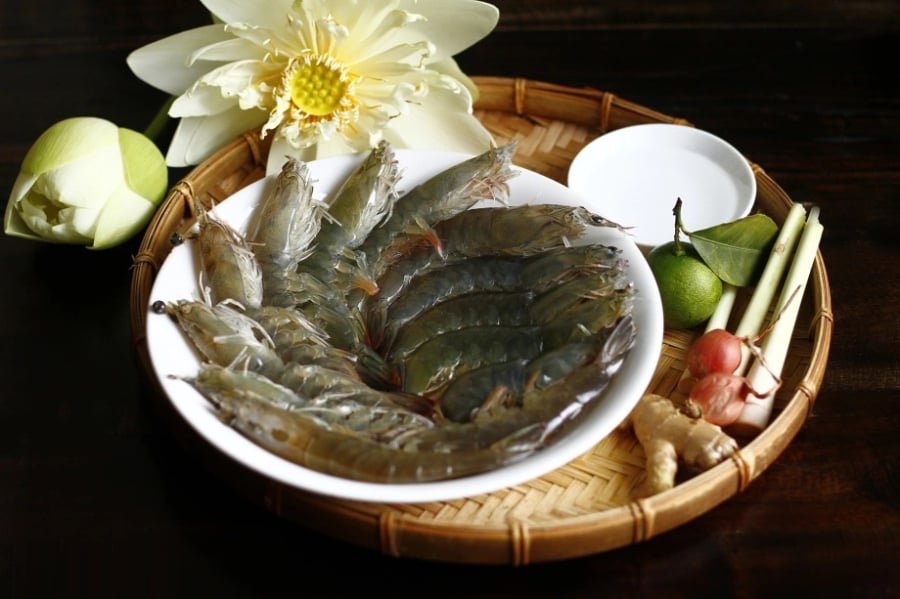
2. Head and Legs
Wild shrimp usually have slightly smaller heads, and their legs tend to be worn or broken due to their active lifestyle in the wild. Farmed shrimp, on the other hand, often have larger heads and intact, evenly spaced legs due to their confined living space in shrimp ponds. Connoisseurs often examine the head to determine if the shrimp has been injected with water – if the head is soft, easily detachable, and pale, it’s a sign of farmed shrimp or shrimp that has been treated.
3. Aroma
Live or freshly caught wild shrimp will have a mild, characteristic briny aroma of the sea or freshwater. Farmed shrimp, however, sometimes carry an odd, pungent smell, especially if they are fed industrial feed or raised in polluted waters. If the shrimp has an unusual, slightly pungent, or overly fishy smell, it’s best to reconsider your purchase.
4. Meat Texture and Sweetness
Wild shrimp have firm, resilient meat with natural sweetness. When steamed or boiled, they exude a delightful aroma. You can feel the distinct crunch and resilience with each bite, and they don’t turn mushy or crumbly. Farmed shrimp, particularly those raised intensively, tend to have softer meat, a blander taste, and are more prone to falling apart during cooking. If the shrimp you’re eating lacks sweetness or is too soft, it’s likely farmed shrimp.
5. Price
Wild shrimp are significantly more expensive than their farmed counterparts, especially varieties like wild-caught tiger prawns, mud shrimp, and lobsters. If the price of shrimp seems too good to be true, it probably is, and they are likely farmed. However, sellers sometimes mislabel farmed shrimp as wild-caught to deceive consumers, so it’s essential to observe the characteristics mentioned above rather than rely solely on price.
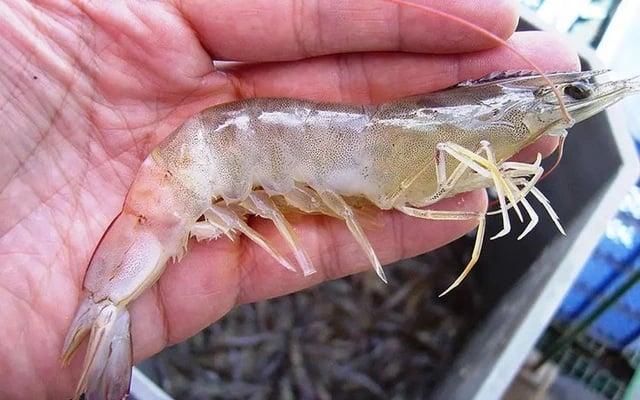
By paying close attention to color, shape, aroma, and meat texture, you can become a wise consumer. Remember, shrimp excellence lies not only in its appearance but also in its origin and how it’s raised – something sellers don’t want you to know too well!




